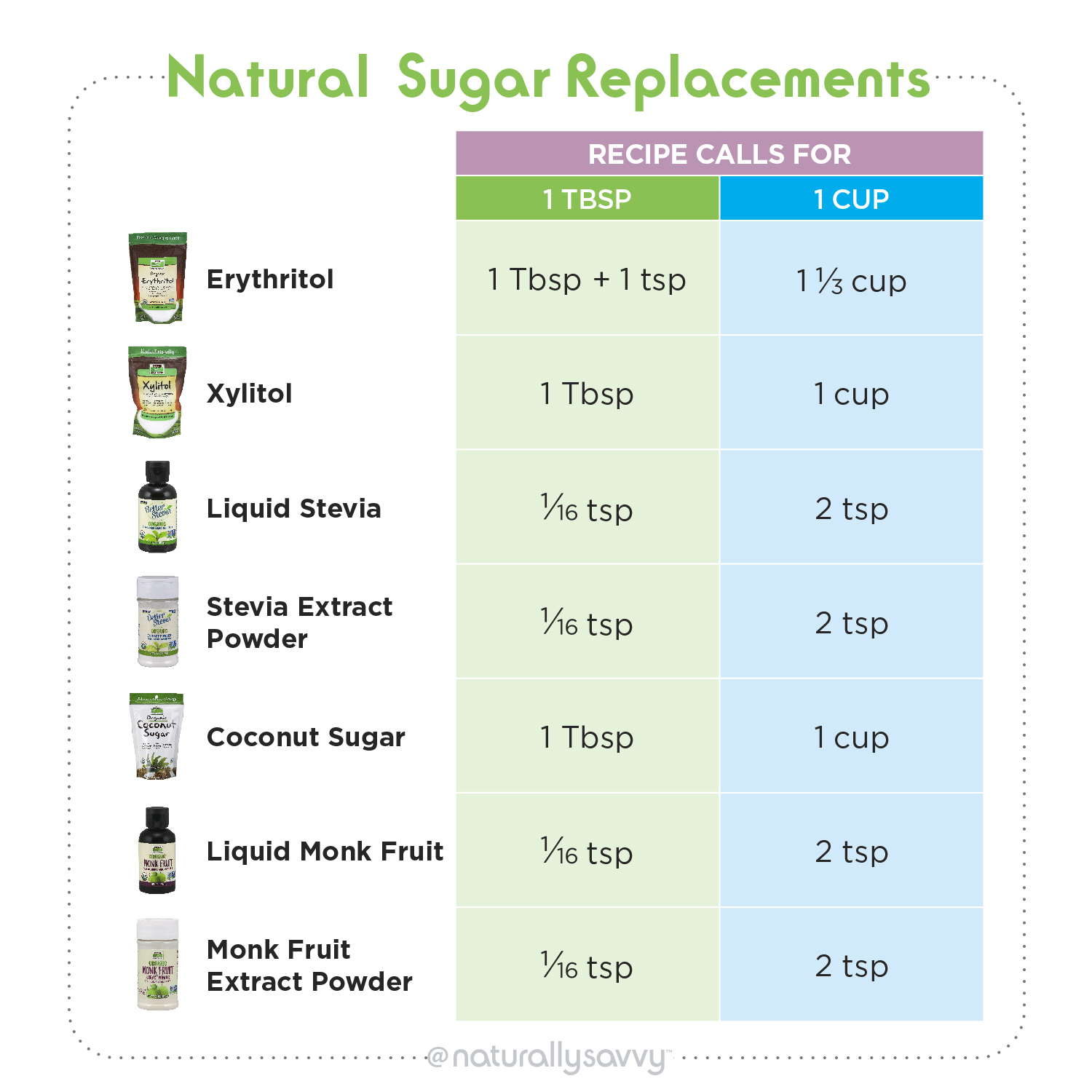

With these large molecules, the gaseous state is not attainable, because they decompose chemically before the temperature is high enough for the liquid to evaporate. At low temperatures such substances are usually glasses or amorphous solids, and their rigidity falls with increasing temperature-i.e., they do not have fixed melting points some may, however, form true liquids. If the number of atoms in the molecule exceeds about 100–200, the classification into solid, liquid, and gas ceases to be useful. When the number exceeds about 20, the liquid may often be cooled below the true melting point to form a glass, which has many of the mechanical properties of a solid but lacks crystalline order. However, clear distinction between the liquid, gaseous, and solid states holds only for those substances whose molecules are composed of a small number of atoms. The liquid state sometimes is described simply as the state that occurs between the solid and gaseous states, and for simple molecules this distinction is unambiguous. Thus, liquid mixtures contain substances that in their pure form may themselves be liquids, solids, or even gases. Even though in pure form these salts are solids, in oceans they are part of the liquid phase. Seawater is a liquid mixture in which a variety of salts have been dissolved in water. Such mixtures include those fluids essential to life-blood, for example-beverages, and seawater. On Earth, water is the most abundant liquid, although much of the water with which organisms come into contact is not in pure form but is a mixture in which various substances are dissolved. Liquids may be divided into two general categories: pure liquids and liquid mixtures. Solids retain both their shape and volume when moved from one container to another. Gases, for example, expand to fill their container so that the volume they occupy is the same as that of the container. These properties serve as convenient criteria for distinguishing the liquid state from the solid and gaseous states. Furthermore, when a liquid is poured from one vessel to another, it retains its volume (as long as there is no vaporization or change in temperature) but not its shape. When a liquid substance is poured into a vessel, it takes the shape of the vessel, and, as long as the substance stays in the liquid state, it will remain inside the vessel. The most obvious physical properties of a liquid are its retention of volume and its conformation to the shape of its container. Liquid, in physics, one of the three principal states of matter, intermediate between gas and crystalline solid. SpaceNext50 Britannica presents SpaceNext50, From the race to the Moon to space stewardship, we explore a wide range of subjects that feed our curiosity about space!.Learn about the major environmental problems facing our planet and what can be done about them! Saving Earth Britannica Presents Earth’s To-Do List for the 21st Century.Britannica Beyond We’ve created a new place where questions are at the center of learning.100 Women Britannica celebrates the centennial of the Nineteenth Amendment, highlighting suffragists and history-making politicians.

#SIMILAR TO LIQUID NOTES HOW TO#

From tech to household and wellness products. Britannica Explains In these videos, Britannica explains a variety of topics and answers frequently asked questions.This Time in History In these videos, find out what happened this month (or any month!) in history.#WTFact Videos In #WTFact Britannica shares some of the most bizarre facts we can find.Demystified Videos In Demystified, Britannica has all the answers to your burning questions.Britannica Classics Check out these retro videos from Encyclopedia Britannica’s archives.


 0 kommentar(er)
0 kommentar(er)
